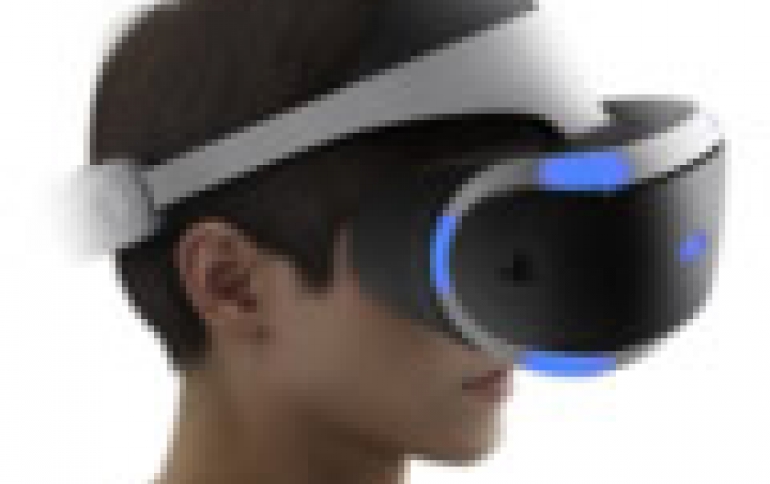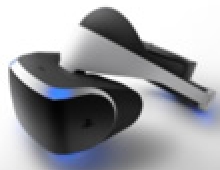
Sony's Project Morpheus Upgraded, Coming in 2016
After a year since the introduction of a prototype for Project Morpheus, the virtual reality system for PS4, Sony at GDC 2015 unveiled an updated version of the system, set for release in the first half of 2016. Sony says its goal with VR is to deliver a sense of presence, making the player feel as though they’ve stepped inside the world of a game.
The new Project Morpheus prototype improves the visual experience and tracking accuracy, both of which are critical to achieving sense of presence.

Key changes:
- OLED display: In exchange for the 5 inch LCD, the new Morpheus VR headset is equipped with a 5.7 inch 1920 X RGB X 1080 resolution OLED display. This new screen expands the field of view and enables low persistence, removing motion blur.
- 120hz refresh rate: The previous refresh rate spec has been doubled for this new prototype, which means games for Morpheus can be rendered at 120fps. When combined with the OLED display’s high refresh rate and the power of PS4, Morpheus is able to output smooth visuals.
- Super low latency: Low latency is critical in order a VR system to deliver a great VR experience, and Sony has reduced latency to less than 18ms, about half of what the first Morpheus prototype had.
- More accurate tracking: To make positional tracking more precise, Sony has added three LEDs to the headset – one on the front and two on the side – for a total of nine LEDs to support 360 degree tracking.
- User-friendly design: Sony has made the Morpheus VR headset easier to put on and take off, with a single band design and quick release button. The headband supports the weight of the unit on the top of your head, so there is no pressure on your face. Other components have also been adjusted and configured to make the headset lighter.
Developers will be able to use the new prototype to create Morpheus content for PS4, a platform that has sold over 20.2 million units within 16 months of its launch. In addition to the enhancements, the new prototype will continue to support 3D audio and social screen, a feature that outputs the same gameplay that's within the Morpheus headset to a TV so additional players can interact. Furthermore, SCE will provide an SDK that converts 60fps images to output in 120fps, which will allow developers to bring their content that was being developed on the prior prototype to the new Morpheus prototype.
At GDC 2015, Sony showed off the new prototype with four technical demonstrations, including a game that utilized a pair of PlayStation Move controllers to simulate a shootout inside a lavish building in London and a more passive presentation that featured tiny robots responding to users' movements.
Sony plans to share additional details and games about the new headset at E3 and beyond.
Sony is among several gaming and electronics companies working to bring VR into homes. HTC and Valve announced plans Sunday to release its Vive VR system to consumers later this year, while Oculus VR has yet to reveal when its Oculus Rift headset will be available to consumers.
Specifications of the new "Project Morpheus" Prototype |
|
Component |
Processor unit, VR headset |
Display Method |
OLED |
Panel Size |
5.7 inches |
Panel Resolution |
1920×RGB×1080 (960×RGB×1080 per eye) |
Refresh rate |
120Hz, 60Hz |
Field of View |
Approximately 100 degrees |
Sensors |
Accelerometer, Gyroscope |
Connection interface |
HDMI + USB |
Function |
3D audio, Social Screen |















